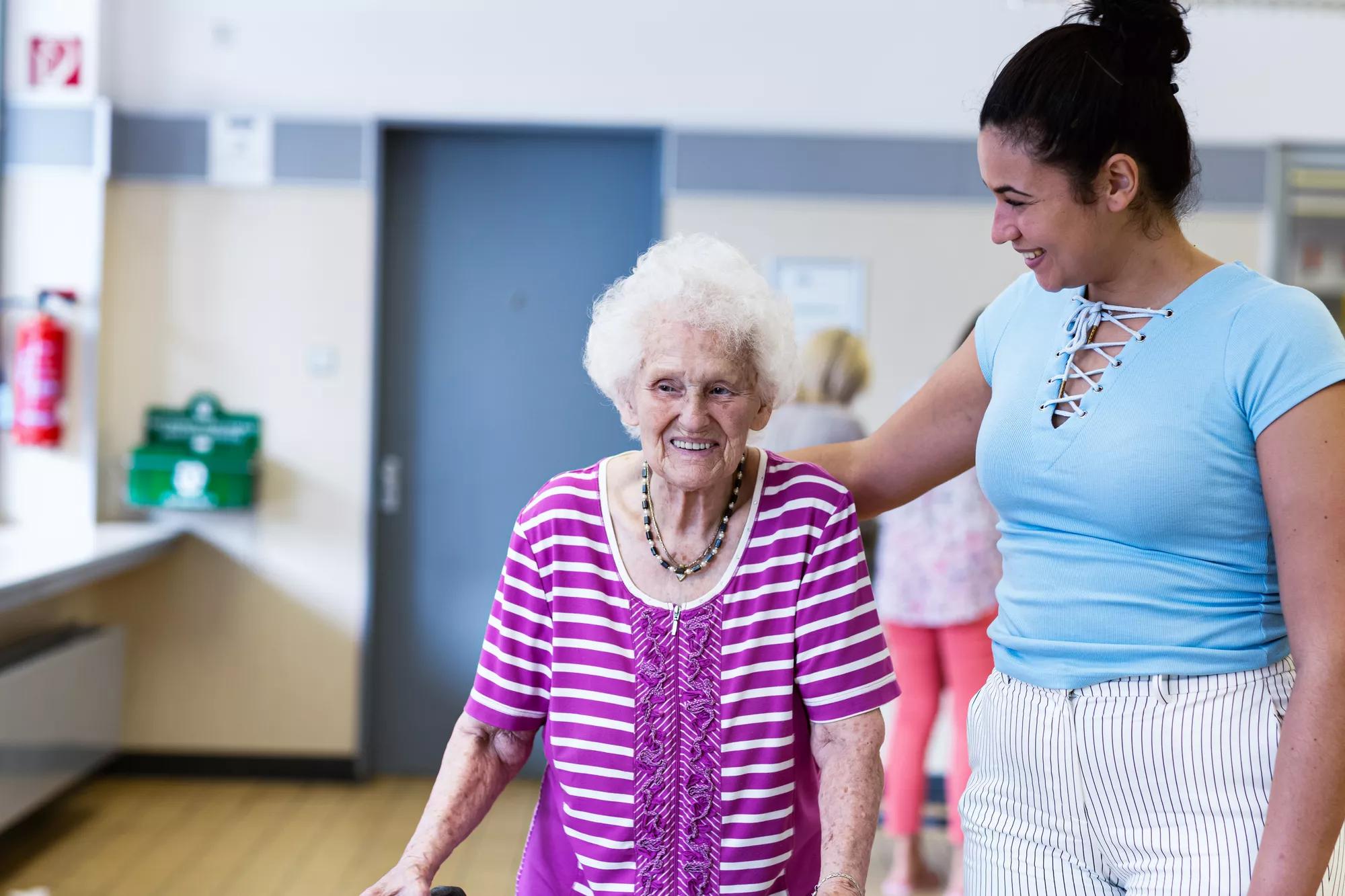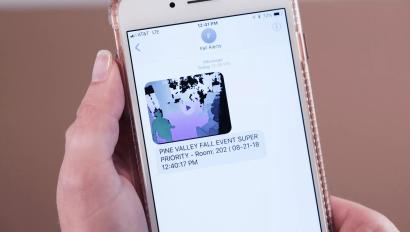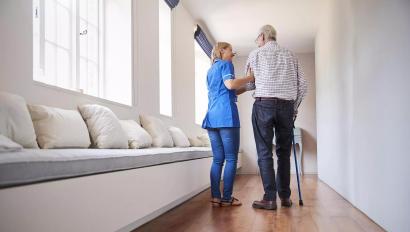5 Factors for Fall Prevention in Senior Living

To tackle falls, Senior Living communities need to look at the intersection of 5 health factors.
If you work in senior living, you don’t need statistics to know that falls remain a major threat to the health and wellness of your residents. The CDC has reported in a given year, about one-quarter of all Americans age 65 and older fall — it’s the leading cause of senior injuries and death. And if you have a loved one who has experienced a fall, you know the devastating effects firsthand.
I’ve seen it from both sides.
In my professional life, I help Senior Living communities develop Fall Management programs and implement supporting technologies. In my personal life, my otherwise healthy 91-year-old grandmother fell in mid-December 2018. She underwent surgery and then experienced a series of complications. Less than a month later, we lost her. It was a tragedy—and a vivid reminder why we must find new and better ways to prevent falls from happening in the first place.
With the title of this post, you might assume I’m going to cover aspects of a great Fall Management program, such as the importance of having well-designed policies or maintaining a culture of safety. There’s no question those are important. But where Senior Living communities — and society at large — will make the biggest impact is by focusing on the intersection of these five factors:
- Falls
- Urinary Tract Infections (UTIs)
- Congestive Heart Failure
- Pneumonia
- Sepsis
Those are the top five drivers of hospitalizations among the elderly. They’re also highly interrelated, making it tough to know which came first:
- Did a UTI lead to nighttime bathroom visits that disrupted sleep, caused a loss of coordination and, ultimately, resulted in a fall?
- Does fear of falling cause someone NOT to visit the bathroom often enough — leading to frequent UTIs and life-threatening sepsis?
- Or, like my own grandma, was it a fall that required surgery and then resulted in pneumonia and congestive heart failure?
Today, most Senior Living communities become aware of one or more of those five factors only after they’re watching a resident being taken to the hospital. By then, it’s often too late. Three-quarters of those who are hospitalized don’t return to the same level of care.
It doesn’t have to be that way.
Innovative technology can now continuously monitor residents’ movements and behaviors. Using privacy-protecting sensors and advanced analytics, this technology can alert of micro-changes that could indicate an emerging health issue. That might be a slightly altered gait, frequent movements overnight or too much sleep during the day, to name just a few examples. These kinds of data-driven alerts empower caregivers to take proactive steps to help prevent conditions or incidents escalating into crises that threaten the resident’s health and quality of life.
So, yes, preventing falls is vitally important. But falls are part of a much bigger picture. As you work to achieve breakthrough results in your Senior Living community, consider all five factors—and find better ways to monitor and address them.
























